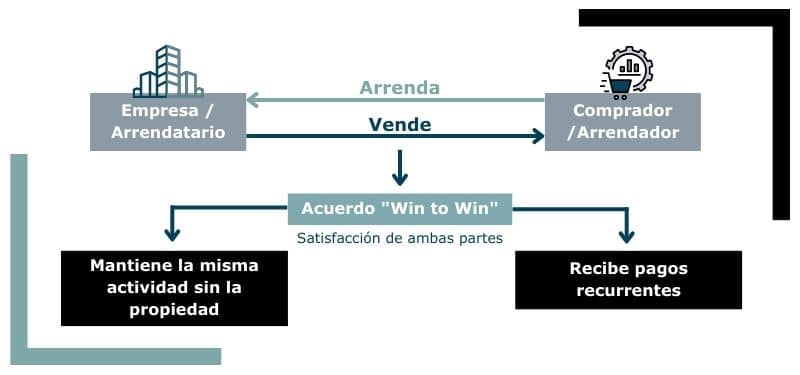In the alternative financing market, the dynamism of some private debt fund managers stands out, leading to increasingly well-adapted direct lending financial solutions for the needs of medium-sized Spanish companies. In this post, we present a couple of proposals  that can cover a wide range of financial needs for medium-sized companies:
that can cover a wide range of financial needs for medium-sized companies:
- Loans with a term of up to 6 years to finance the development of company growth plans. The amounts range between 1 and 7.5 million euros. It is suitable for companies with more than 2 million euros in revenue, a minimum EBITDA of 500,000 euros, and more than 5 million euros in assets. The two main advantages are the flexibility in the amortization terms, depending on the company’s repayment capacity, and the absence of real guarantees.
- Loans of up to 12 months to meet any specific liquidity needs, with amounts starting from 500,000 euros. It is designed for companies with revenues exceeding 5 million euros, and no real guarantees are required.
To learn more about the characteristics of each of these solutions, you can contact your Altria Corpo consultant, click on https://altriacorpo.com, or write to corporate@altriacorpo.net.
Do you want to know more about direct lending? In this document published by Altria in the well-renowned ODF we explain it to you.




